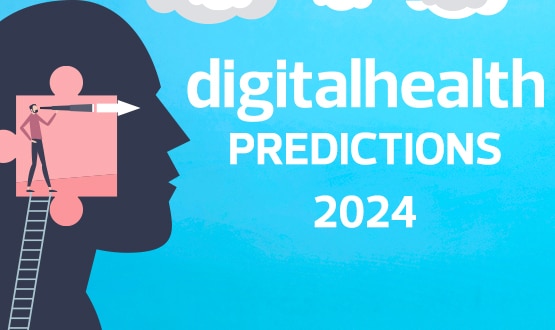Bury sets criteria for Lorenzo success
- 19 November 2009
NHS Bury will accept or reject its newly implemented Lorenzo electronic patient record system on its own criteria, according to documents released by the trust.
Director general of informatics Christine Connelly has set five criteria for deciding whether the NHS’ strategic electronic patient record systems have made “significant progress” by the end of November.
A paper titled ‘Bury early adopter Lorenzo Regional Care 1.9 local acceptance criteria’ says NHS Bury’s go-live will inform the ‘has the product been successfully deployed’ criterion so an ‘initial assessment’ must be made by the end of the month.
It then sets out a number of criteria that will be used by the Bury early adopter project board to recommend acceptance or rejction of the system to the PCT’s chief executive. After that, “the chief executive of NHS Bury will inform NHS Connecting for Health of NHS Bury’s judgement.”
The criteria are divided into four sections: system supports business processes; availability and performance of system; user satisfaction; and impact on patient care
They say Lorenzo R1.9 must provide: “Daily and weekly reporting with no degradation compared with the previous system” and that the system must not: “Adversely impact the organisation’s throughput of outpatients or community care ie no more than a 10% reduction in activity.”
No more than 3% additional staff should be required to support change and business processes. In a statement, the PCT said five extra members of staff had been employed, equating to fewer than 1% of the staff employed in its community services arm.
The criteria also say there must be 98% or higher availability of the system during business hours, that planned outages must be correctly managed and that no Lorenzo Regional Care application-related severity 1 incidents should have arisen after go-live.
The system must also support activity to a standard at least equivalent to that provided by iPM – the patient administration system previously used by the trust – and that there must be no formal complaints attributable to the system received by the trust.
In a statement to E-Health Insider, Ann Halpin, associate director of IM&T, said: “The local acceptance criteria will be used to support the trust in assessing whether the deployment of Lorenzo Regional Care has been a success. However it is not a requirement that every element within the criteria is met.”
The project board will formally meet and determine whether Lorenzo Regional Care Release 1.9 meets the criteria 21 days after the go-live; which should be on 24 November.
At the end of October, Stephen Mills retired as the chief executive of the PCT. NHS Bury is now led by an interim chief executive, Dr Mike Burrows, who is also chief executive of NHS Salford.
The move comes as NHS Bury’s finances appear to be worsening. It started the financial year needing to find £20m of cash releasing efficiency savings, of which it has managed to identify £18.7m, but only £14m in-year.
It also has an in-year revenue deficit of almost £8m. A financial statement suggests that many of its problems relate to overspending in acute care and on non-NHS specialist services.
Link: Bury Early Adopter-Lorenzo Regional Care 1.9-Local Acceptance Criteria




